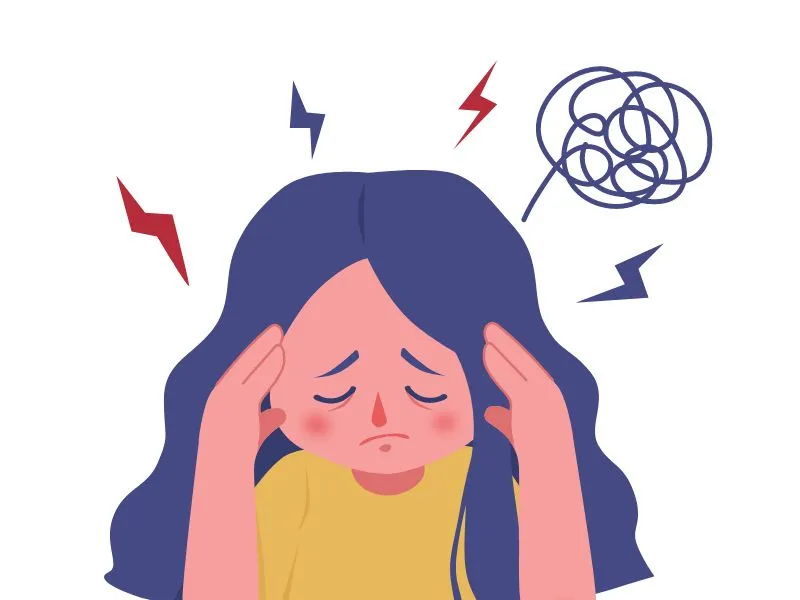Somatic symptom disorder (SSD) is characterized by severe physical symptoms with no apparent medical reason. SSD patients have discomfort, gastrointestinal problems, neurological symptoms, exhaustion, concerns with the heart and lungs, cognitive challenges, and sleep abnormalities. Despite careful medical examinations, there is no known medical cause for these symptoms. SSD is distinct from purposefully faking sickness or malingering to obtain an advantage. It is a real condition that people must comprehend and receive help for to control their symptoms and enhance their general well-being.
Individuals experiencing Somatic Symptom Disorder (SSD) often consult local physicians to understand their suffering. Physicians conduct various screening tests to identify the underlying cause, but when results are inconclusive, they may diagnose SSD. However, disclosing this diagnosis can be challenging due to the stigma associated with mental health issues. Consequently, some physicians, lacking expertise in mental health, prescribe medications to address the client's mental health concerns. This approach can be risky as it lacks a proper treatment plan. Therefore, doctors must receive training on effectively communicating to patients that an underlying mental health condition is influencing their physical health.
Doctors should be sensitive and empathetic when discussing the possibility that a patient may have somatic symptom disorder (SSD) with them. Here are some pointers for clearly communicating the diagnosis:
- Establish a secure and accepting atmosphere: Encourage a friendly environment where patients may talk about their symptoms and worries without worrying about being judged.
- Active listening: Encourage patients to discuss their symptoms and experiences in detail. Pay close attention, acknowledge their problems, and express sincere sympathy.
- Educate about SSD: Explain that SSD is a genuine condition where physical symptoms develop without a clear medical reason. Give clear, factual information regarding SSD. Help patients realize that their symptoms are real and serious.
- Discuss the diagnostic process: Describe the different diagnostic procedures used to eliminate other probable sources of the symptoms. Reiterate that their experiences are still legitimate despite the lack of a clear medical explanation.
- Address stigma: Acknowledge the stigma that is frequently connected to mental health issues, but reassure patients that asking for assistance is a show of strength. Assist them in seeing that SSD is a legitimate ailment that can be controlled adequately with the right assistance.
- Discuss treatment options: Offer a thorough treatment program that is adapted to the needs of the patient and may involve counseling, such as cognitive-behavioral therapy (CBT), as well as possible medication to treat any comorbid anxiety or depression.
- Encourage open dialogue: Maintain regular contact with the patient and provide them the opportunity to ask questions, voice their concerns, and offer feedback.
Conclusion:
The SSD diagnosis must be approached by doctors with empathy, open communication, and a positive environment. Doctors may successfully help patients comprehend and manage their disease by actively listening, offering knowledge, addressing stigma, discussing treatment alternatives, and promoting continued communication. Building trust and ensuring patients receive the required treatment for their mental health depends on effective communication.
Solh Wellness is dedicated to providing a range of self-help tools to support your well-being. We offer various resources and assistance to help you navigate through challenges. Additionally, our team of skilled counselors specializes in effectively managing somatic symptom disorders. If you need help, we invite you to book a session with us to access the desired support and guidance.



